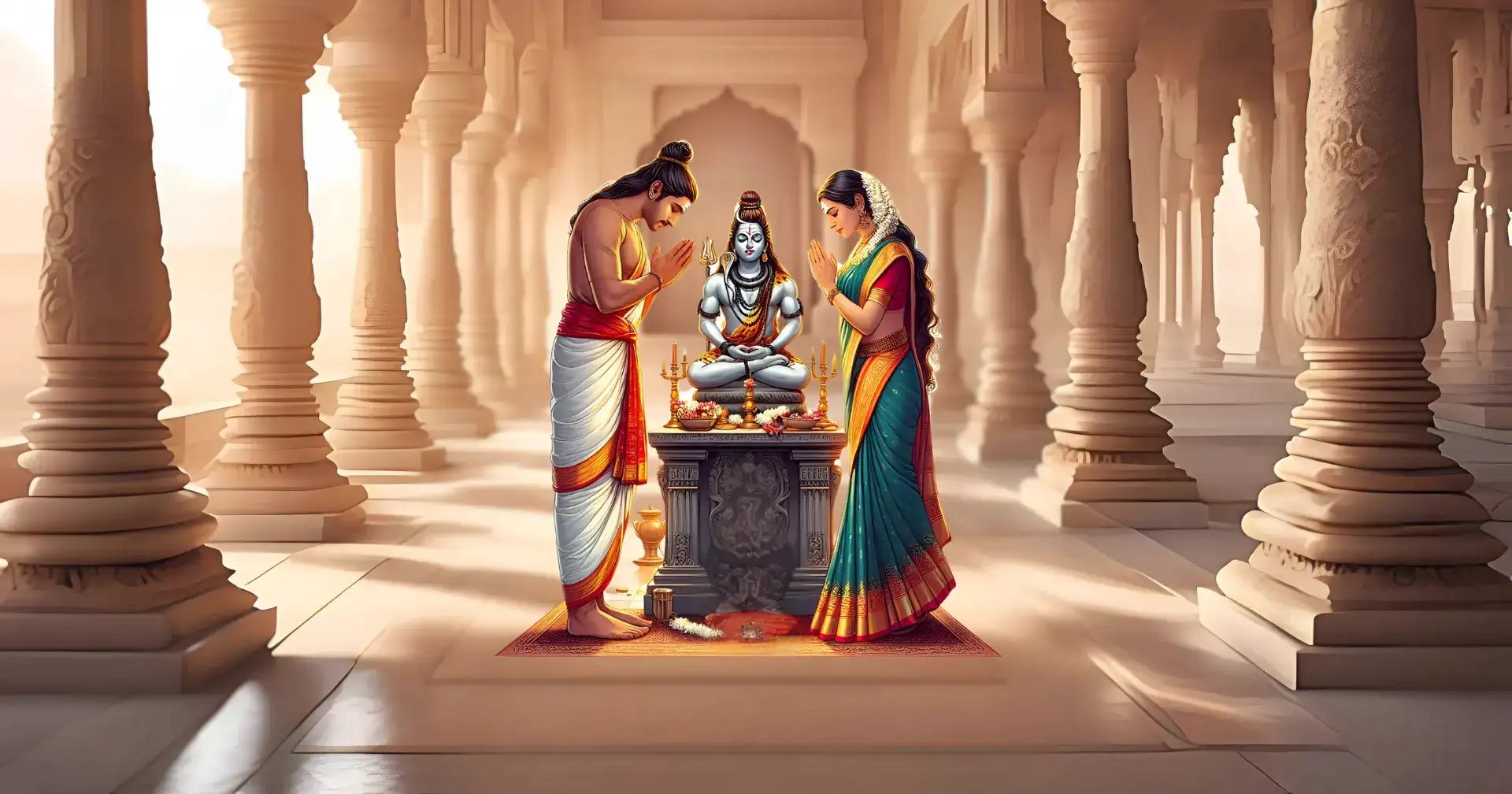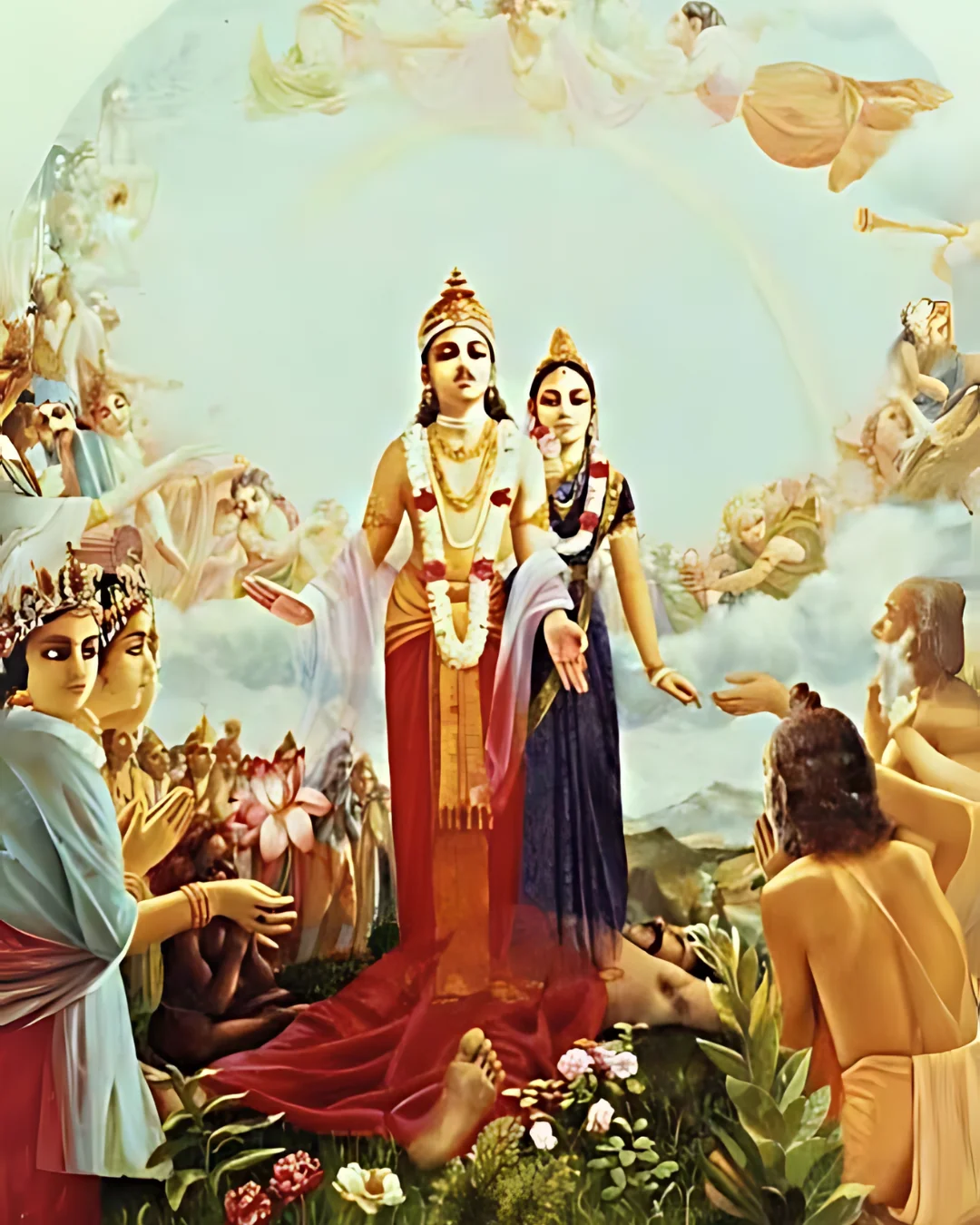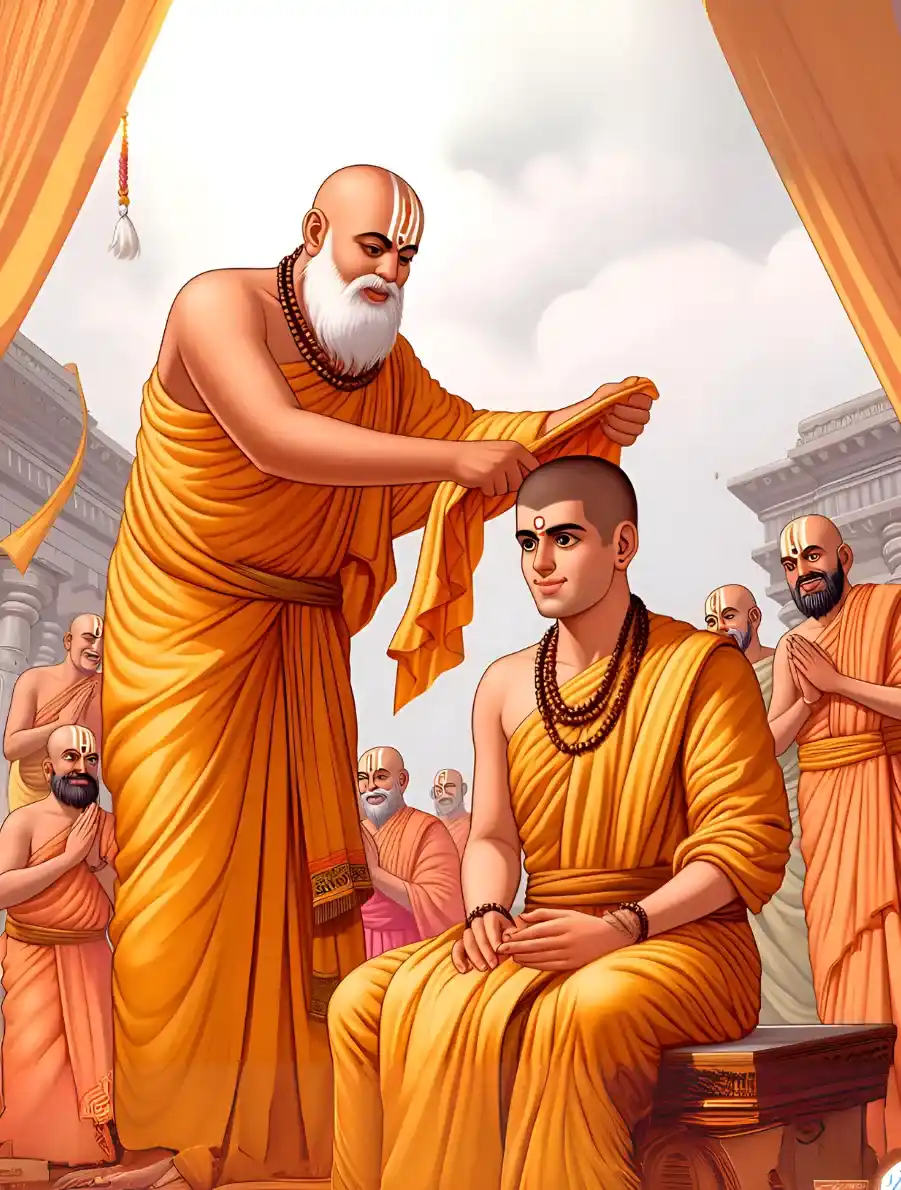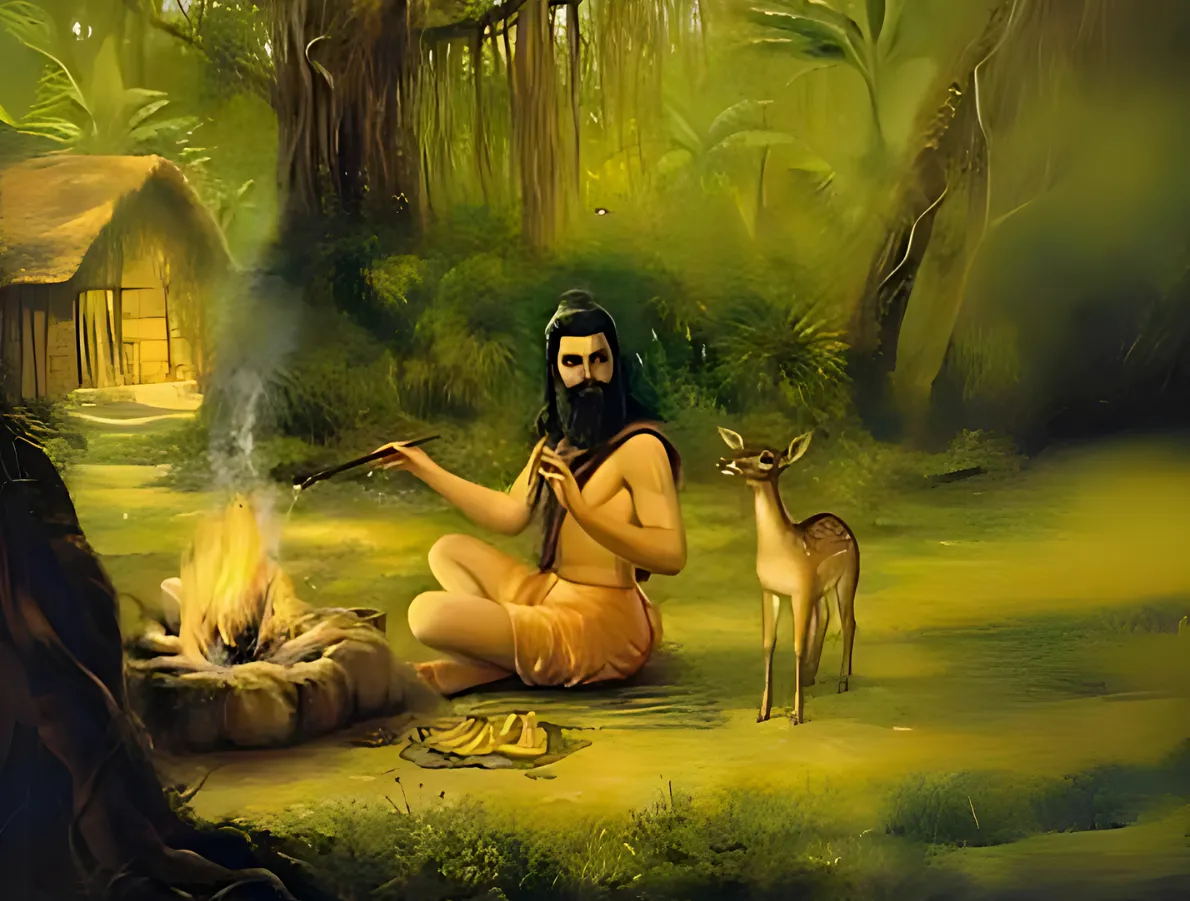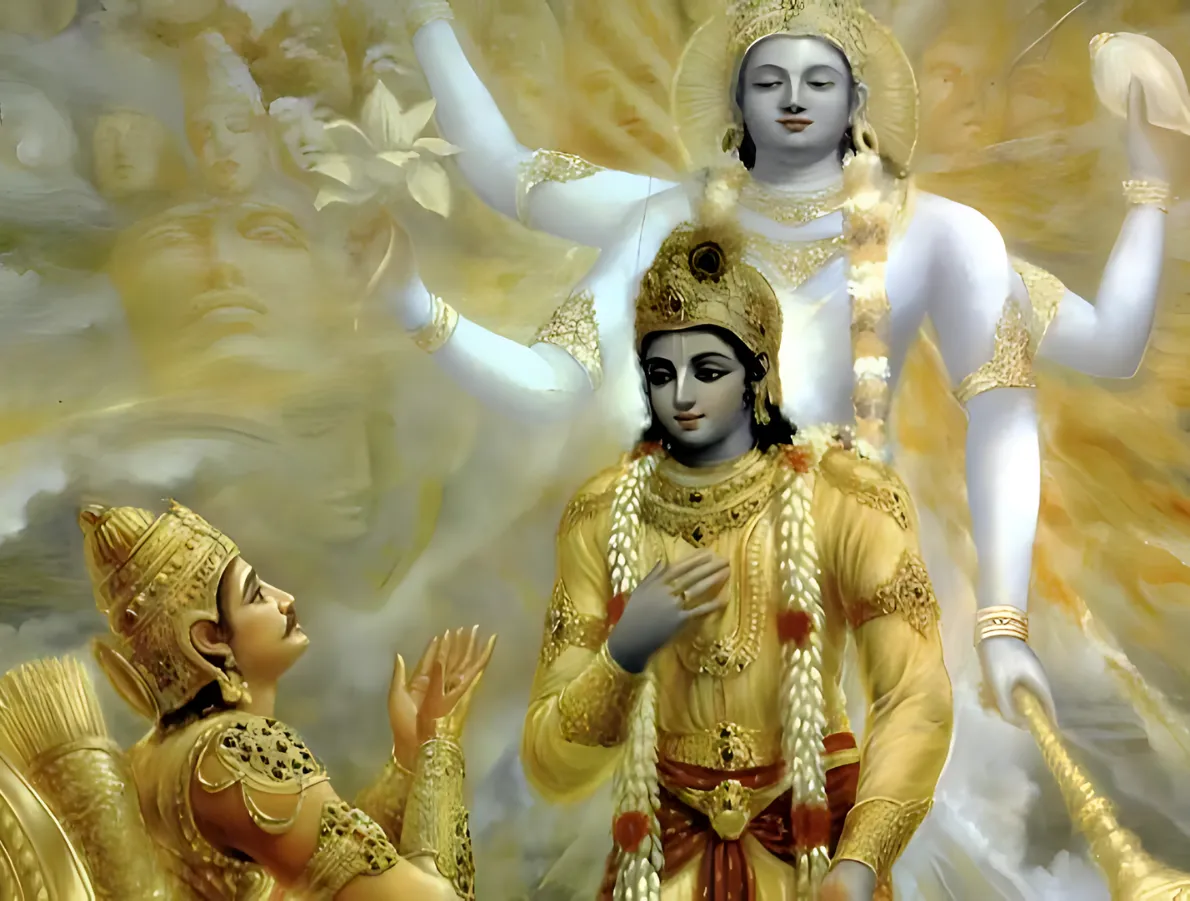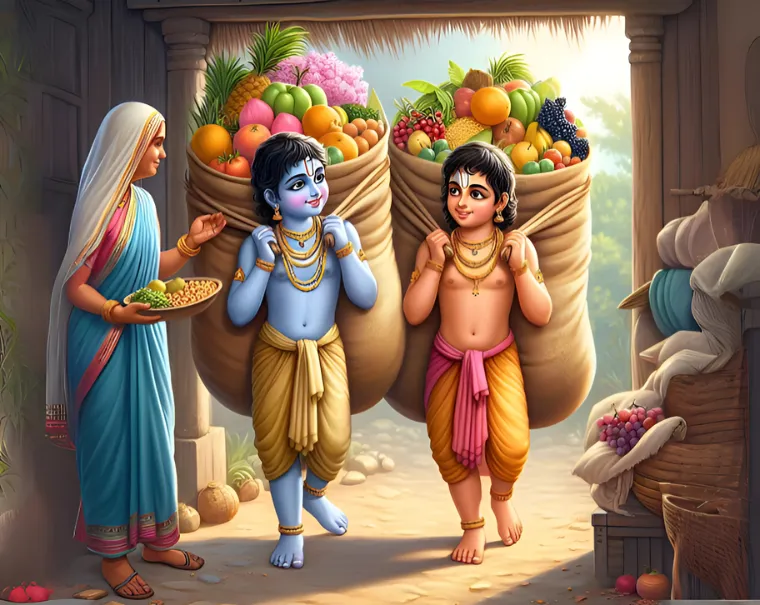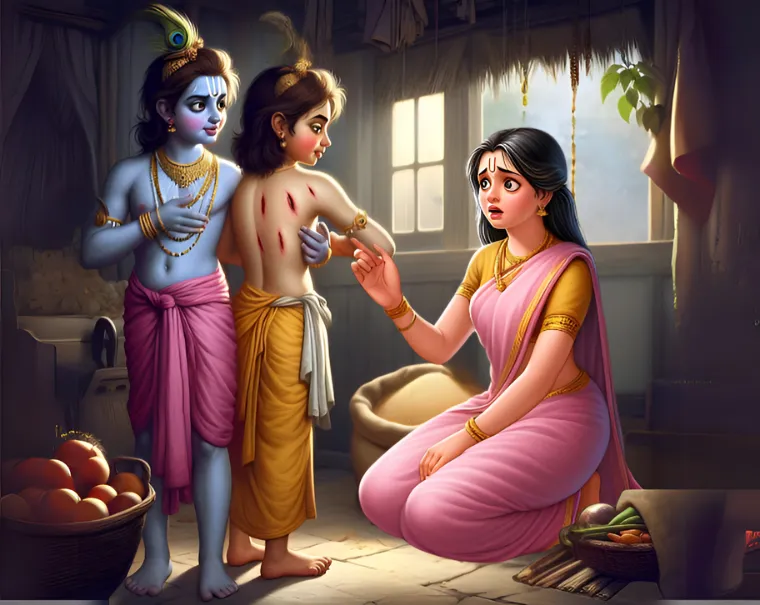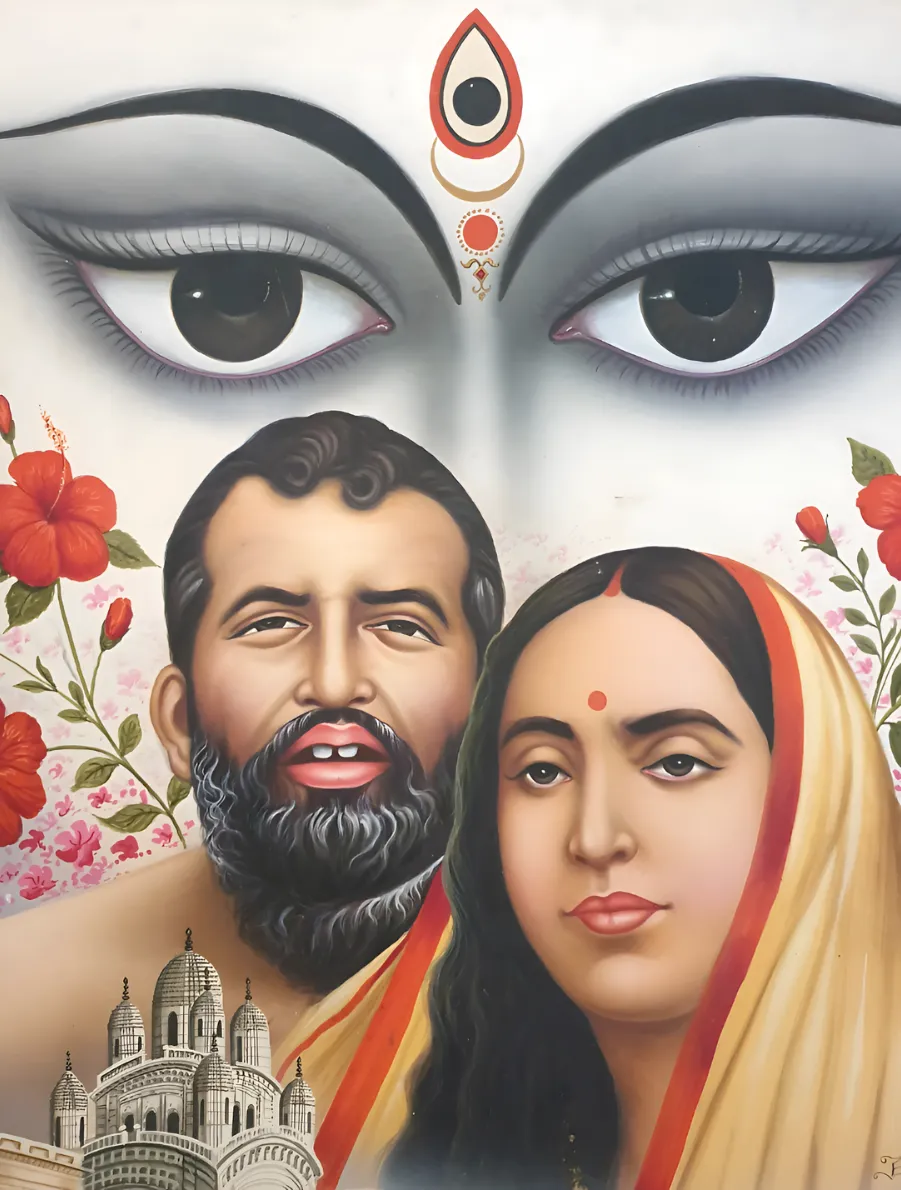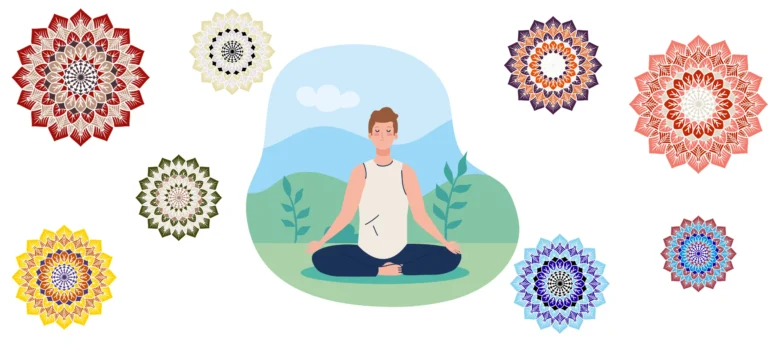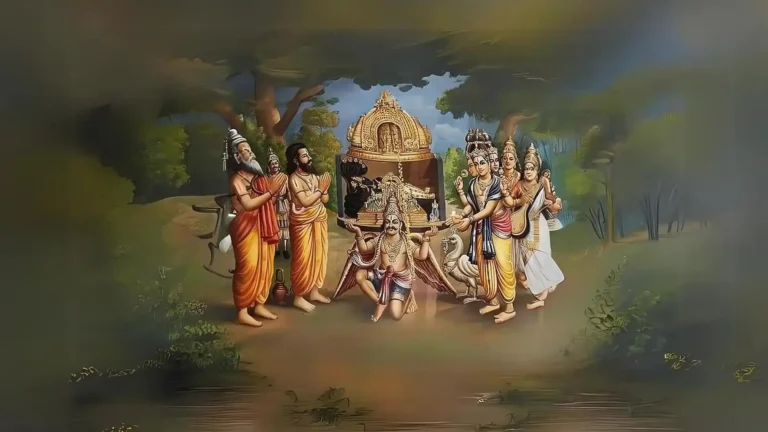Please Like the Blog and Share it for Maximum Reach
Table of Contents
Vairagya for Householders
In Grihasthashram, Vairagya has been a long debated topic. There are many variations among the definitions of Vairagya for householders. However, it is necessary to weigh and resonate with them before we bring anything into practical implementation. All our ancient Rishis like Vashishtha, Atri, Jamadagni, etc were grihasthas. Not only were they self realized, but their wives too were spiritually evolved individuals who contributed towards their spiritual pursuits.
Can Householders exhibit Vairagya?
Let us look at how Vairagya can be applied in the life of a Grihasta in modern times. Grihastashram refers to family life. It is a very rewarding stage, if two compatible individuals are united through the institution of marriage.
We may wonder as to how one possibly can exercise Vairagya when there is a family to rear, a job to secure, etc? In the pursuit of Bhagawan, is a Grihasta expected to relinquish one’s home, family and children?
Let us look at some examples from the Shastras that emphasize Vairagya at different levels and how one succeeds or fails in it.
1) Vairagya by Retiring to the Forest with Spouse:
The example of Prithu Maharaj
The Great Prithu Maharaj completed his tenure as the King of the Universe, and retired to the woods along with his chaste wife Devi Archi. This stage of life is called Vanaprasthashram, wherein the fundamental duties of the householder are executed after which both husband and wife dedicate their remaining years in contemplation of the Supreme. The exalted couple transcended the material planes in the spiritual aircraft of sadhana and attained their spiritual goal.
Our Shastras view husband and wife as inseparable entities. The wife is considered the better half (Ardhangini) of the man and thus both are incomplete without the other. Here, the spiritual couple renounced their palace, subjects, wealth, fame, comfort and engaged in sadhana. They remained steadfast and attained Moksha.
7/8 Questions from Sanatana Dharma
The scores generated in this Quiz may or may not be absolute. There may be right or wrong answers to each Question. A percentage towards 100 indicates that you are more aligned to the overall subject matter.
The example of King Pandu
Another example in similar lines is of King Pandu who proceeded to lead a life of a renunciant after the tragic accident of Rishi Kindam. He too was accompanied by his queens. However, here his spiritual pursuit came to an abrupt end on account of uniting with his wife Madri. Due to lack of sense control, the king fell prey to lust despite the serene and conducive environment of the forest.
So, Vairagya in its truest sense means relinquishments of desires and attaining tranquility rather than externally abandoning one’s house. Yet, there are examples of saints who have achieved the pinnacle of spiritual enlightenment after abandoning their wife and children.
Let us now see:
2) Vairagya by Abandoning wife and Children:
The example of Raghavendra Tirtha
Sri Raghavendra Tirtha is one of the finest examples. He had a devout wife who stood by his side during harsh times. The great sage felt obliged by the vows of marriage and denied leaving his wife and children desolate for spiritual causes. His exalted Guruji, Sri Sudheendra Theertha wanted him to take up the responsibility of the Matha. However, Sri Raghavendra Teertha remained reluctant. But, on being instructed by the Lord through a dream, he immediately relinquished Grihasta Dharma and became a Sanyasi.
Thus Venkatanatha Bhatta was thereafter called Sri Raghavendra Thirtha. The Sanatana Dharma Shastras permit individuals to abandon family in the quest of Bhagawan, if and only if they are committed within themselves that other than Bhagawan there is no purpose in life. This has to be within one’s experience and should emerge as one’s deepest realization.
Also, a perfect Guru must sanction one’s decision of answering the clarion call of Bhagawan, very rare and almost impossible these days. If there is an iota of escapism from familial responsibilities, then this act of renunciation will be a major downfall and reason enough for a hellish after-life. It shall fill the heart with remorse and grief rather than joy of serving Bhagawan.
Sri Raghavendra’s wife commits Suicide
Saraswati Bai, the wife of Sri Raghavendra Tirtha, could not bear separation from her beloved husband. Her desire to catch a glimpse of her husband was unfulfilled and she committed suicide. Due to this, she was trapped in the material realm in the form of a ghost. She witnssed her husband in the form of a perfect renunciant or sanyasi.
Though imperceivable to the rest, Sri Raghavendra Tirtha immediately realized his wife’s presence. He sprinkled some water from his Kamandalu and set her free from all bondages, opening the gates of the spiritual realm. His wife was bestowed upon with Moksha on account of Sri Raghavendra’s spiritual merit. This is the power of a perfect Sanyasi.
Sanyasa is not for Everyone
A grihastha should accept Sanyasa only if he is competent and spiritually evolved. Sanyasa is not a phase of exploring Brahman, but is a phase of concluding one’s quest for God. One cannot know Brahman after becoming a sanyasi rather a sanyasi should have already established himself in Brahman. Sri Raghavendra Tirtha, despite accepting Sanyashrama, fulfilled his highest responsibility towards his wife. He conferred liberation upon her, which is the rarest of rare.
A Grihasta who becomes a Sanyasi in order and in spirit alone can free his family from the repeated cycles of birth and death, eradicating all kinds of misery and thus doing ultimate good to them. Thus, for a perfect renunciant, his household and all other kinds of responsibilities are directly taken care of by the divine.
Renunciation is not Escapism
If we feel that getting rid of family responsibilities can fetch us time to realize God, we are highly mistaken. For sadhakas today, it is not the people around, but our own mind that causes hindrance on our spiritual path. We can see something very similar in the life of King Bharath.
The Example of King Bharath
King Bharath is not to be mistaken as the son of King Dushyanta. The life sketch of King Bharath mentioned in the Srimad Bhagavatam, sheds light on the nature of attachment. Despite being alone in the forest and engaged in rigorous spiritual practices, a poor fawn caught his attention. Soon, the king developed immense attachment towards the poor creature until it left him desolate.
King Bharath’s attachment
While the deer ventured into the forest to satisfy its needs, the king who had retired to the forest to attain Bhagawan was now fully immersed in thoughts of the deer. Attachment springs from the mind and hinges onto anything, however insignificant it may appear to be. This is the nature of the mind. It may not be our family, pet or acquaintance but something as alien as a wild animal.
Purpose of Vairagya
The purpose of Vairagya is to relinquish the stickiness intrinsic to attachment. The person around us is not the cause of distraction and thus there may be no need to abandon the person. The problem lies within one’s own mind. Thus, Vairagya can be applied while staying within the family leading to Moksha, if we are absolutely committed to the cause.
3) Vairagya while staying in a family
The example of Sri Arjunacharya
Sri Arjunacharya and his pious wife were devotees of the Supreme Lord. Following the rules and regulation of a Brahmin, he would seek alms from not more than 3 houses to sustain his wife and himself. Other parts of the day he would engage in writing commentaries on the Bhagavad Gita and studying the scriptures.
One day, he was so engrossed in his Swadhyaya, that it was past noon. He went to seek alms but returned empty handed as the women folk typically rest in those hours. So, he got back to writing his commentary. In Verse 22 of Chapter 9 of Bhagawad Gita
अनन्याश्चिन्तयन्तो मां ये जनाः पर्युपासते ।
तेषां नित्याभियुक्तानां योगक्षेमं वहाम्यहम् ॥
ananyāścintayanto māṃ ye janāḥ paryupāsate |
teṣāṃ nityābhiyuktānāṃ yogakṣemaṃ vahāmyaham ||
Sri Krishna’s Promise
Sri Krishna makes a promise to his devotees saying: But those who incessantly worship Me with absolute devotion, meditating on My divine form — to them I carry what they lack, and I preserve what they have.
On reading this verse, Sri Arjunacharya scratched out the line yogakṣemaṃ vahāmyaham which meant ‘I carry what they lack’. He felt the word ‘carry’ was inappropriate. How could the Lord possibly carry anything, he wondered.
The Divine Leela of Sri Krishna-Balaram
Next morning, Arjunacharya set out of the house to carry out his usual routine of seeking alms. In the meantime, 2 young handsome boys entered his house, carrying heavy sacks of grains, fruits and vegetables on their backs. Sri Arjunacharya’s wife, who was present in the house, was amazed. She saw these 2 boys for the first time in her life. She enquired from the two, their identities and the stuff they were carrying.
The 2 young boys introduced themselves as humble pupils of her husband and that their guru has instructed them to deliver these sacks. The devout woman saw deep scars on the back of the 2 boys as they were unloading the sacks. On being asked about the scars, they claimed that Sri Arjunacharya would make them perform arduous work and punish them thus for any disobedience. The wife was in pain to see their condition.
Arjunacharya realizes his Error
After they left, Sri Arjunacharya entered the house. His wife interrogated him regarding his harsh behavior towards the children. Sri Arjunacharya rushed to his study desk and opened the Gita. To his amazement, the scratches he made yesterday had disappeared. Immediately he realized that it was none other than Sri Krishna and Sri Balarama who had graced his wife. The Lord indeed carries the entire responsibility of his true devotees on His shoulders. This goes beyond doubt.
Here, Sri Arjunacharya and his wife, both were leading a life of Vairagya (renunciation), following their Grihastha Dharma (householder duties). They had darshan of Bhagawan and Realized Him in the truest sense. Thus, being in Grihasthashram, they attained their final goal.
The example of Sri Ramakrishna Paramahamsa
Similarly, Sri Ramakrishna Paramahamsa set a very elevated standard of Grihasthashram. His wife Srimati Sarada Devi, was of a very spiritual temperament. She found a very compatible partner in the form of Sri Ramakrishna Paramahamsa. He served as a priest at the Dakshineshwara Kali temple and earned a modest income for the upkeep of his family.
His life highlights that Vairagya can manifest while staying within a family. It can transform your vision to perceive what a family is. A family does not necessarily mean a unit of members who acquire material success and wealth but instead family is a very powerful fabric in society to evolve spiritually.
The Divine Bond between Sri Ramakrishna and Maa Sharada
Ramakrishna Paramashmasa and his wife shared a very unique relationship, filled with love and mutual respect. Marriage is to be perceived as an institution wherein 2 partners tread towards the final goal of Moksha. Sri Ramakrishna Paramahamsa illustrated that true vairagya does not mean renouncing responsibilities but maintaining a deep inner detachment while performing one’s duties.
Can I grow spiritually being in Family?
Both Shri Arjunacharya and Sri Ramakrishna Paramahamsa exemplify that spiritual journey can be commenced and also reach fruition while remaining in a family. However, there is a need for spiritual compatibility between husband and wife.
The wife is considered a better half of the husband. To realize the self it is necessary to be complete. Thus, both husband and wife should be pursuing God-realization. If both are racing in opposite directions, the thread that binds them is bound to break. There shall be complete chaos. A sadhaka should seek refuge under a bonafide guru to sail through various adversities under such circumstances.
When should one abandon Family?
Abandoning Family shall hold complete validity only and only if the intention is to Realize Bhagawan, where the better half is incompatible. If one tries to flee from duties in the name of Vairagya it shall only cause sorrow. But, if there is purity of intention and inspiration from Guru, Sadhu and Bhagawan, then complete renunciation of family shall lead one to the final goal.
Husband and wife can tread together but when there is opposition from either spouse or other relatives, the sincere sadhaka can pursue spirituality individually. This is seen emphatically in the life of the great devotee, Mirabai.
Please Like the Blog and Share it for Maximum Reach

